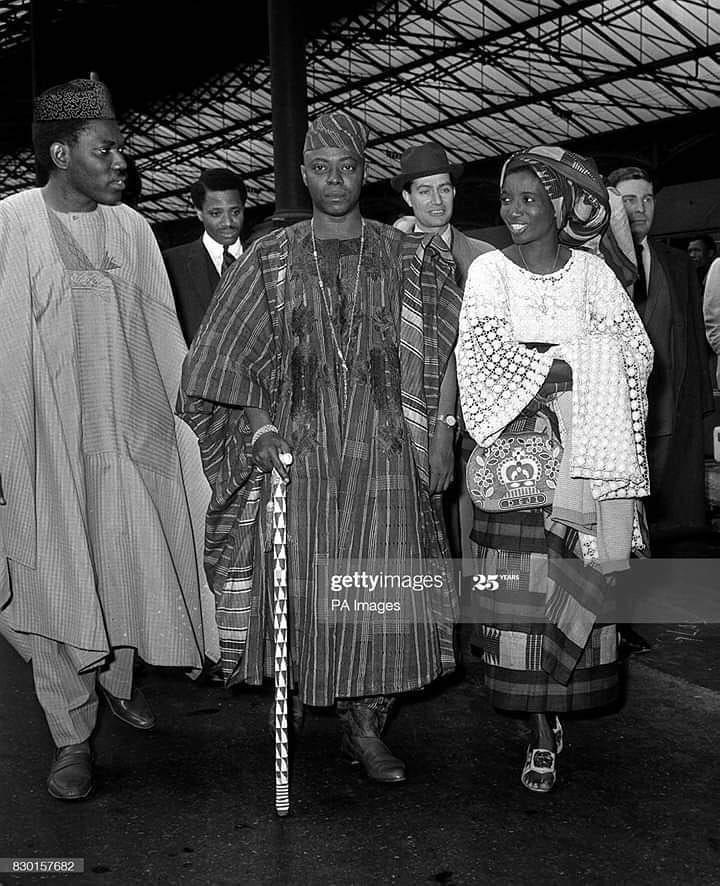The fashion story of the Oyo Empire wasn’t just about looks – it was a sophisticated language of identity that still influences African design today. The empire’s strategic position along major trade routes transformed simple textiles into powerful symbols of status and artistry.
Understanding Aso-Oke
The distinctive hand-woven aso-oke emerged as more than fabric – it became the empire’s textile signature. Weavers worked with locally-grown cotton and imported silk, creating three primary styles: sanyan (brown striped), alaari (crimson), and etu (indigo blue). Each carried its own significance, with etu being so valuable it was often referred to as “the cloth of kings.”
Colors and Patterns
During the Oyo period, indigo dyeing became an art form in itself. The Yoruba developed over 40 distinct patterns, each named and meaningful. The famous Adire Eleko technique used cassava paste to create intricate designs that told stories of community life, royal lineage, and natural phenomena.
The Role of Fashion
Fashion functioned as a social passport. The style of one’s gele (head tie) could signal marital status, while the length of an agbada could indicate noble rank. Beadwork wasn’t just decorative – the patterns and colors served as a visual archive of family histories and social standing.
Today at Okoyoyo, these rich traditions inspire our modern collections. We see how details from the past can add so much charm to outfits today, just as it did centuries ago in the courts of Oyo. This isn’t about recreating history – it’s about understanding the power of these design principles in contemporary fashion.
Dive deeper into our heritage-inspired collections to see how we’re bringing these timeless elements into modern African fashion.


Leave a Reply